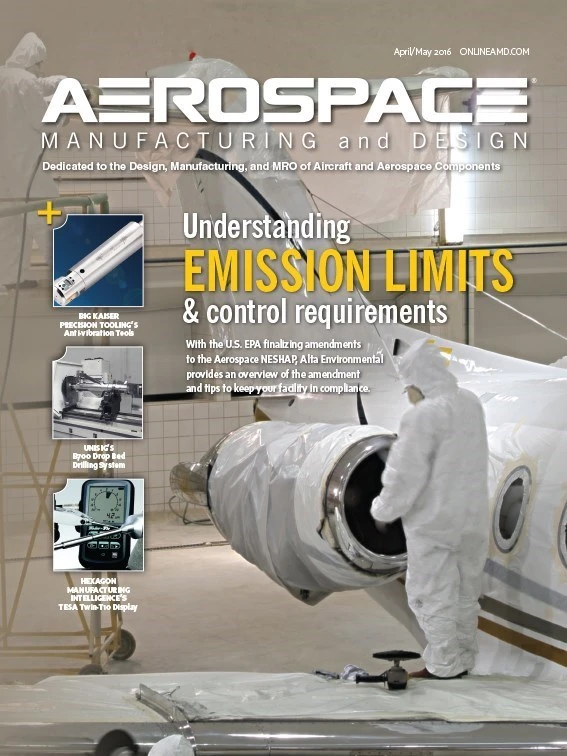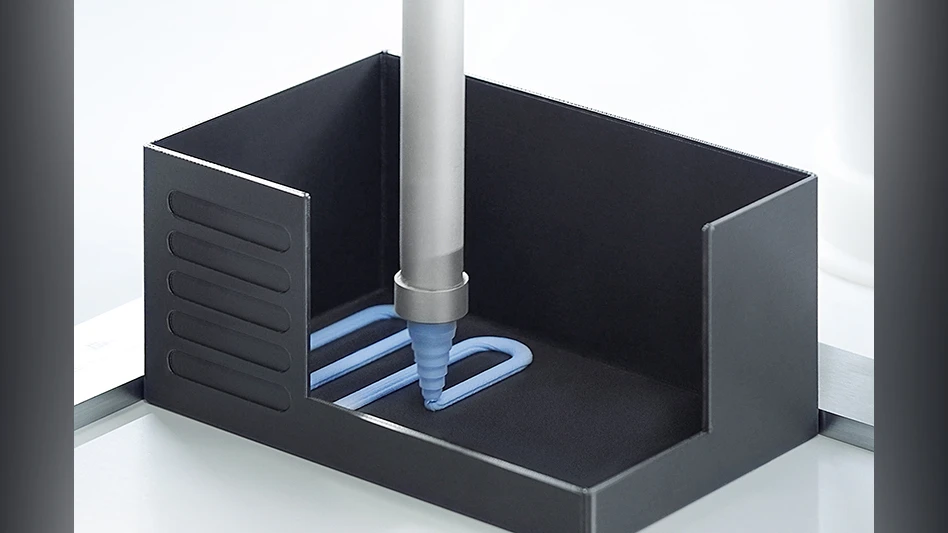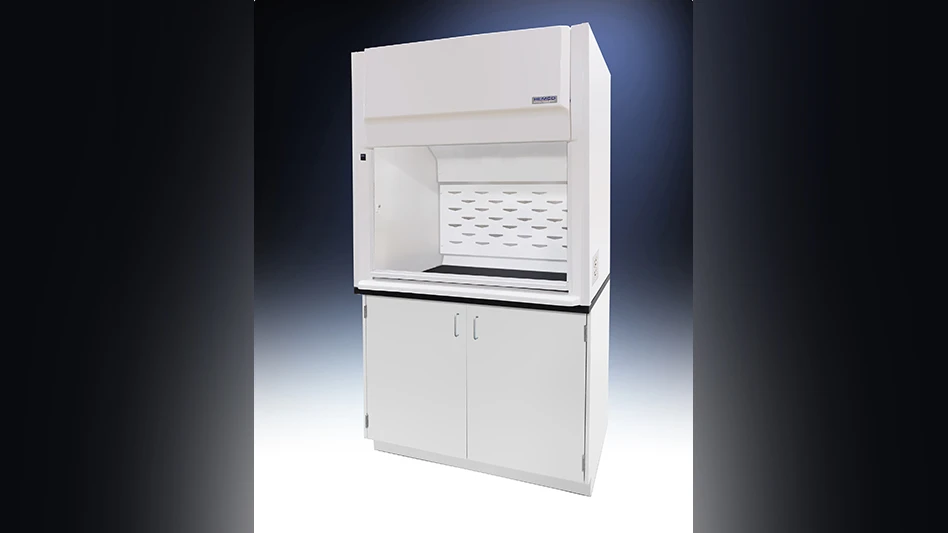
That plaintive cry – familiar to any parent driving cross-country with a child strapped into the back seat – may as well apply to manufacturers wondering when, exactly, the economy will fully recover from its mid-decade doldrums. Forecasts predicted that 2016 would be a better year than 2015, but at the end of the first quarter, we’re still waiting for proof.
While oil and gasoline prices remain low, and a strong dollar is benefiting consumers, U.S. manufacturing’s return to strength has been sluggish, and confidence is punctured by bad news.
One such example is the announcement that Boeing plans to cut up to 8,000 jobs by year end. This reorganization reflects the reality that many people in managerial positions are no longer needed as the company moves from design and ramp-up into full, serial production of its 737MAX, 777X, and 787-10 aircraft.
A recent Associated Press story bemoaned that “orders to U.S. factories fell in February for the third time in the past four months” and mentioned a “big drop in the volatile category of commercial aircraft.” The article cited U.S. Commerce Department figures that showed 2016 started with declines in new orders for transportation equipment from January to February, but didn’t mention the drop came after a good bump upward from December 2015 to January 2016. Non-defense aircraft and parts orders dropped 27.2% in February, but rose 48.7% from December after a 29.3% decline in November. By February, non-defense aircraft orders were $16 billion. Orders for defense aircraft and parts exhibited a similar see-saw pattern, with nearly a doubling of orders logged from December to January, before dropping 28% in February. Overall, the zig-zag trend is upward.
Likewise, non-defense aircraft orders were up a modest 2%, and defense aircraft and parts orders up 50% in the first two months of 2016 compared to 2015, standing at more than $7 billion.
Similar reports of growth are to be found in the U.S. Manufacturing Technology Orders statistics for March 2016 compiled by AMT – The Association For Manufacturing Technology. The automobile, aerospace, and medical sectors are driving orders, and January average unit values reached their highest levels since January 2015.
AMT’s President Douglas K. Woods says the mood was upbeat among the 400+ manufacturing suppliers and buyers attending The MFG Meeting. Industry analysts at that meeting, a joint gathering of AMT and National Tooling and Machining Association members, still forecast 2.5% to 3.5% growth in the U.S. economy.
Confidence in the equipment finance market also has edged up. The Equipment Leasing and Finance Foundation’s March survey shows key equipment finance executives rated the market at 51.6, an increase from February’s index of 48.3. While none of the survey respondents rated the U.S. economy as excellent, all of them described it as fair, up from 96.8% in February, and none rated it poor, down from 3.2%. Nearly 78% of the respondents believe the U.S. economy will stay the same during the next six months.
The conclusion is that we should get to an improved economy; it may just take a bit longer. As a wise parent might respond to the time-distance question above, “We’ll get there before long.”
What are your thoughts? As always, you are welcome to submit them to me at ebrothers@gie.net– Eric

Explore the April May 2016 Issue
Check out more from this issue and find your next story to read.
Latest from Aerospace Manufacturing and Design
- 2024 Favorites: #10 Article – How 3D-printed aviation parts can accelerate return to air
- 2024 Favorites: #10 News – Boom Supersonic completes Overture Superfactory
- OMIC R&D hosts Supporting Women in Manufacturing Day 2024
- 4D Technology's AccuFiz SWIR interferometer
- Seventh Lockheed Martin-built GPS III satellite launches
- KYOCERA AVX's CR Series high-power chip resistor
- UT researchers receive Air Force grant for wind tunnel
- Monticont's linear voice coil servo motor





